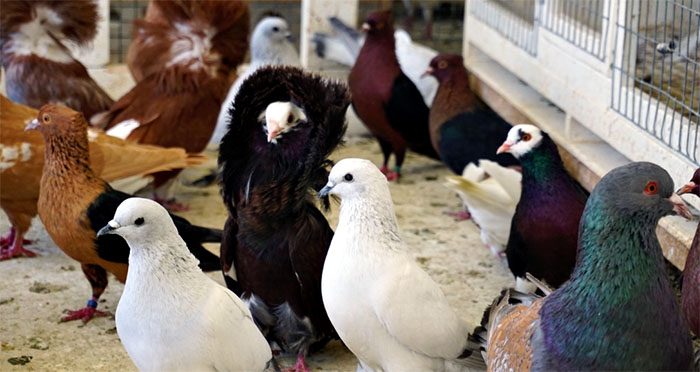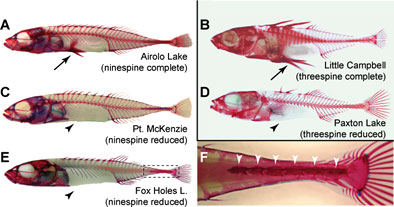
Research
Pigeon Genetics
Pigeons show a staggering amount of variation within a single species. In fact, as Charles Darwin noted, the striking differences between different breeds within this species approaches the magnitude of differences usually seen between completely different species of birds. Ever since the time pigeons were domesticated thousands of years ago, breeders have selected for dramatic differences in many traits, resulting in well over 300 recognized breeds today. We are interested in learning more about the genes that control color diversity in pigeons, as well as other differences in skeletal structure, physiology, and behavior. We are doing this by using genetic techniques that are similar to the methods used in humans to track down the genesresponsible for susceptibility to cancers and other genetic diseases.
This research is supported by:
Please click here to make a donation to the pigeon project using the University of Utah Development site. This process involves a few simple steps and takes only a few minutes. You may also contact us directly. All contributions are tax detuctible and the university will provide tax receipts. Thank you for your support!
We are grateful to the following people and organizations for their generous financial or peristeronic donations:
Ed Bills
Onorio Catenacci
Brad Child
Kyle Christensen
Ray Crumbie
John DeCarlo, Jr.
John Fife
Paul Gamino - "America's Premier Parlor Roller Loft"
James Jensen
Ken Kinsey
Jim Oldham
Greg Pola
Mark Robinson - Robinson Loft (Racing Homers)
Kevin Severson
Matt and Dee Williams
Kent Wright
Evolution, Development, and Genetics of Stickleback Fish
We combine genetics, development, and field studies in natural populations of ninespine sticklebacks (Pungitius pungitius) to illuminate the molecular basis of evolutionary change. Sticklebacks offer numerous advantages for evolutionary genetic and developmental studies. Various natural populations: (1) show dramatic variation in morphology, physiology, and behavior; (2) are abundant and easy to collect; (3) diversified relatively recently in postglacial lakes formed less than 20,000 years ago; and (4) can be readily crossed in the laboratory to generate large numbers of progeny. Variation in skeletal structures is especially remarkable, with different populations adapted to a variety of trophic, physiological, and locomotor demands. Furthermore, ninespine and threespine (Gasterosteus aculeatus) sticklebacks show repeated evolution of similar adaptive traits among different populations within each species, and they also have evolved similar derived traits in parallel between species. Hence, sticklebacks provide numerous opportunities to study the genetic basis of parallel evolution both within and between independent lineages.
 Our work has resulted in the discovery that different regions of the genome control evolutionary loss of the pelvis (the developmental equivalent of human legs), bony armor, and sex determination in threespine and ninespine sticklebacks. Surprisingly, our studies also suggest that differnet genetic mechanisms might underlie pelvic reduction in different populations of ninespine sticklebacks. Please check out the press release from NSF about some of our recent research on the convergent evolution of pelvic reduction.
Our work has resulted in the discovery that different regions of the genome control evolutionary loss of the pelvis (the developmental equivalent of human legs), bony armor, and sex determination in threespine and ninespine sticklebacks. Surprisingly, our studies also suggest that differnet genetic mechanisms might underlie pelvic reduction in different populations of ninespine sticklebacks. Please check out the press release from NSF about some of our recent research on the convergent evolution of pelvic reduction.
This material is based upon work supported by the National Science Foundation under Grant No. IOS-0744974. Any opinions, findings and conclusions or recommendations expressed in this material are those of the author(s) and do not necessarily reflect the views of the National Science Foundation (NSF).





